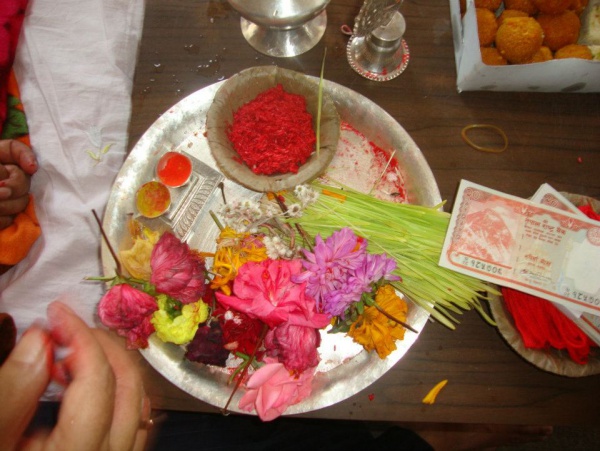Facts About Dashain
Dashain, also known as Bijayā Daśamī, is a vibrant festival in Nepal that holds profound significance for Hindus, Kirats, and Nepali-speaking Indian Gorkhas. It is the longest and most important festival in the Bikram Sambat and Nepal Sambat calendars, celebrated with immense enthusiasm by Nepali people worldwide. Dashain typically falls in September or October and lasts for fifteen days, with major festivities occurring on the first, seventh, eighth, ninth, tenth, and fifteenth days. This festival symbolizes the triumph of good over evil, with various rituals dedicated to different forms of the goddess Durga.
The celebration begins with Ghaṭasthāpanā, where barley seeds are planted to symbolize goddess Durga. Significant days during Dashain include Phulpati, Maha Asthami, Maha Navami, and Bijaya Dashami, each marked by unique rituals and traditions. The final day, Kojagrat Purnima, centers on worshiping Goddess Laxmi for wealth and prosperity.
Dashain is a time of joy and festivity, featuring activities such as kite flying, playing cards, buying new clothes, building bamboo swings, organizing fairs, and even animal sacrifices. However, the practice of animal sacrifice has sparked controversy, with many advocating for alternatives like fruits and vegetables due to concerns about animal cruelty. This has led to ongoing debates and activism against the mass slaughter associated with the festival.
Political implications also stir controversy around Dashain. Some indigenous groups feel that the festival is being imposed on them by the state, adding another layer of complexity to its celebration. Despite these issues, Dashain remains a cherished cultural and religious festival in Nepal, celebrated with great enthusiasm by people from various backgrounds and communities.

 India
India